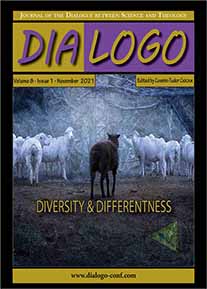The sociological MRI of a fetish.
The sociological MRI of a fetish.
How ‘odd’ is an oddity and how ‘peculiar’ peculiarity?
Author(s): Cosmin Tudor CiocanSubject(s): Social Sciences, Education, Theology and Religion, Religion and science , Sociology of Education, Sociology of Religion
Published by: EDIS- Publishing Institution of the University of Zilina
Keywords: symbol; differentness; belief; separation; ontogenetic stages; sexual perversion; religiousity; cross-cultures; fetish of culture; stock exchange; religious views; tatoos; LGBTIQ; social stigma;
Summary/Abstract: We have used the term 'fetish' in a broader sense and especially related to the functions that a 'fetish' has in society. We are talking either about the tags that any 'fetish' receives [as undesirable, unwanted, forbidden, and peculiar], or about the uncertainty of its social approval, about the coagulating role it plays on individuals with the same repulsive vision/orientation that were previously unidentifiable, or many other aspects under which a so-called fetish works socially. The object or action in question passes from individual preference to the group emblem and then determines its actions and ideas, internally as well as in social exchanges with other groups. This is done in a fetishistic way with everything that is 'new' emerging in society, either previously non-existent, or competitive with something already standardized, or - as in the case of many fetishes - forbidden and socially stigmatized. If the first category does not meet a social resistance and does not end up turning into a fetish, for the group and the society, the other two have all the advantages to do so. The odd - competitive and forbidden alternatives - becomes the fetish for the group that adopts it as its emblem because it later regulates all its actions, as well as for the Society, because it keeps around the group and its actions the atmosphere in the sphere of fetishism - equivocal, promiscuous, and detestable. But precisely these very fetishistic attributes are the same ones that determine society to fight against the group and its 'fetish', new and peculiar, that also help disparate individuals to identify with that fetus, to coagulate as a group borrowing precisely this infamous, shameless identity. Therefore, the question we try to find answers here is but legitimate: since and until when oddity is ‘odd’?
Journal: Dialogo
- Issue Year: 8/2021
- Issue No: 1
- Page Range: 144-157
- Page Count: 14
- Language: English

